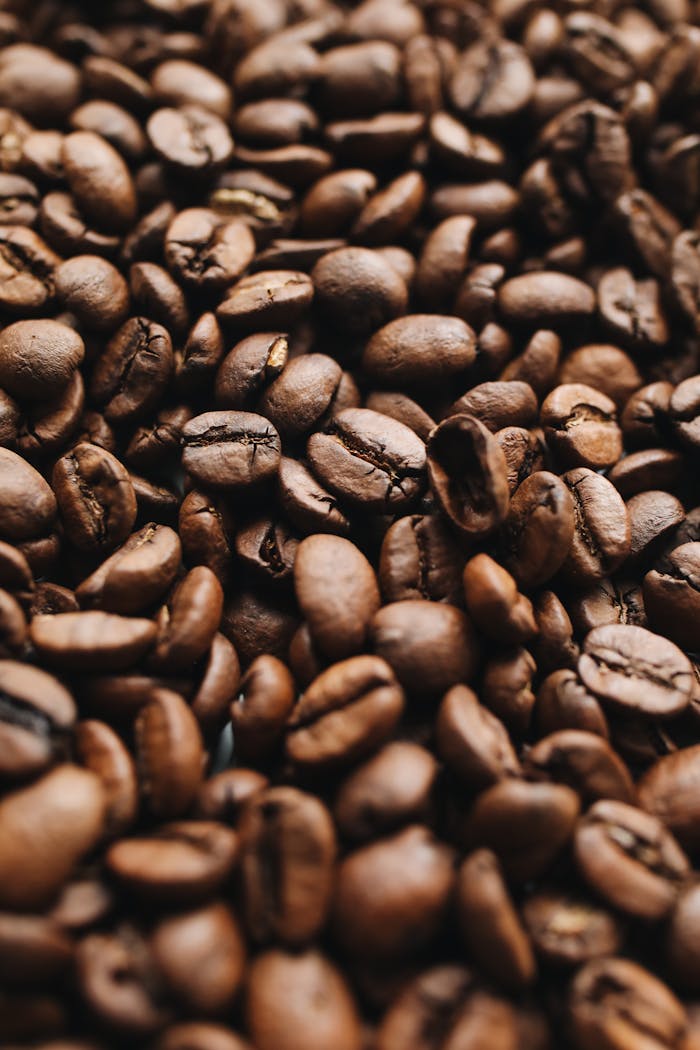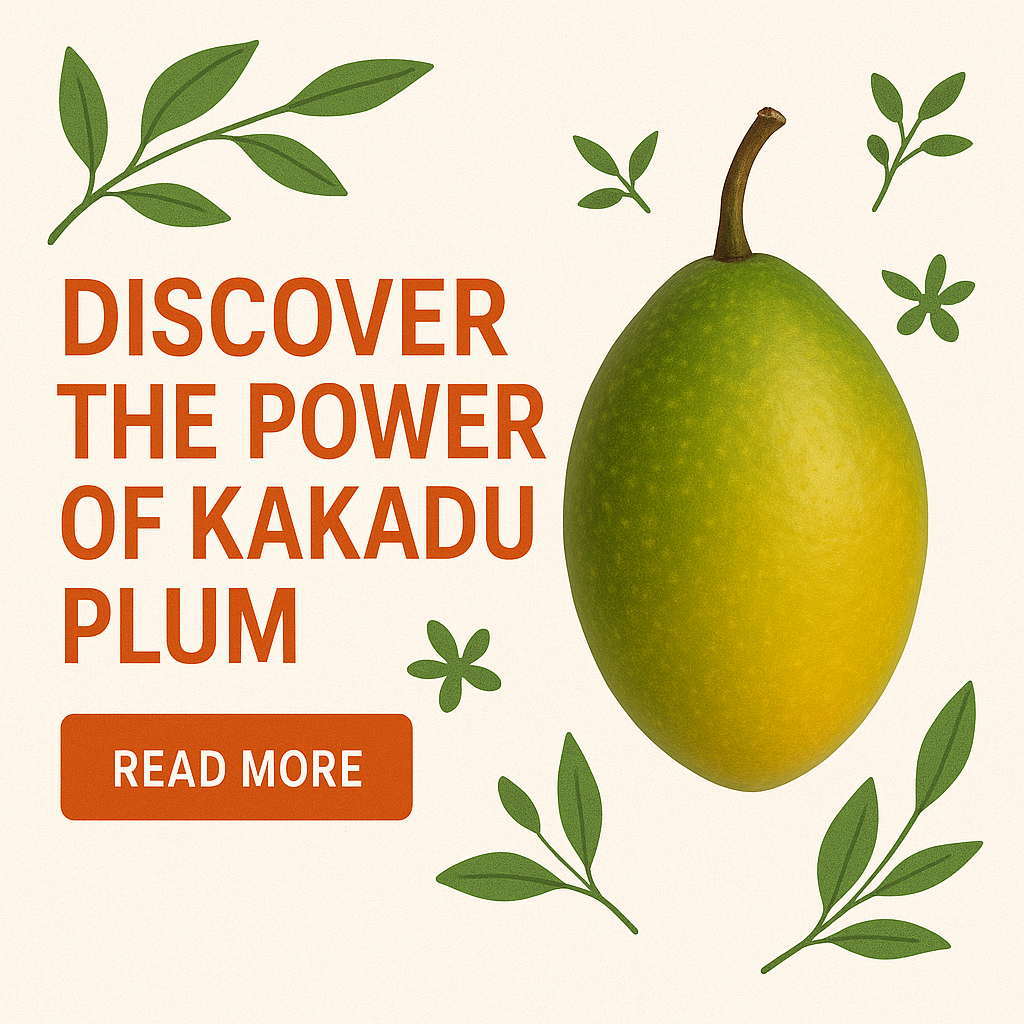Australia is a nation of coffee lovers—drinking over six billion cups per year
Australia is a nation of coffee lovers—drinking over six billion cups per year—but historically, under 1% of that has been locally grown. Now a resurgence is underway: researchers, growers, and AGCA are collaborating to make home-grown specialty coffee a sustainable reality
Key Developments
New Coffee Varieties
Since 2024, the AGCA, in partnership with Southern Cross University and World Coffee Research, has been trialling semi‑dwarf varietals—such as Marsellesa, IPR107, and Paraiso—selected for disease resistance, productivity, and quality bean attributes.
In November 2023, ~20,000 seeds of these varietals were distributed to growers nationwide for evaluation. Commercial plantings are expected from 2025–2026 onwards.
Australian Coffee Growers’ Manual
Launched in August 2024 and co-funded by AgriFutures Australia, the Australian Coffee Growers’ Manual offers practical guidance—from site selection to irrigation, pruning, harvesting, and processing—tailored to local conditions
Genomics & Precision Science
Scientists including UQ’s Robert Henry have now fully mapped the Arabica genome, enabling identification of genes linked to flavour, disease resistance, and yield. This is expected to accelerate breeding efforts for better-suited varieties in Australia’s climate.
Automated Harvesting Innovations
Australia pioneered the world’s first mechanical coffee harvester, and more farms are using efficient machinery. For example, Skybury in the Atherton Tablelands uses a harvester with vibrating “fingers” to gently shake ripe cherries off trees—topping 1.5 tonnes of green beans per hectare per year.
Harvesting Season in Australia
Unlike major coffee-producing nations, Australia’s harvest aligns with its southern‐hemisphere seasons, concentrated in winter to early spring, approximately July to October in regions like Far North QLD and northern NSW.
Harvest Methodology:
Mechanical Harvesting
First adopted at scale in Australia, mechanical harvesters pass across the trees, shaking off only mature red cherries into collection tanks. This is faster and more cost-effective than hand-picking—vital given Australia’s high labour costs.
Hand‑Picking (Selective Harvesting)
While less common at medium‑scale farms due to cost, smaller specialty growers may hand-pick to ensure optimal cherry ripeness—important for specialty-quality beans.
Processing Post‑Harvest
Cherries are sorted and cleaned before undergoing wet (washed), dry (natural), or semi‑washed processing. Dry processing involves sun‑drying cherries on raised beds or patios, turning them frequently over ~3–4 weeks until optimal moisture levels are reached.
Tree Management & Yield
Productivity peaks between 6–8 years of tree age; after about a decade, yields decline. Coffee trees can live over 80 years, but replanting or pruning becomes necessary for sustained viable yields.
Industry Outlook and Market Context
Specialty Focus
As global coffee bean prices surged to their highest since 1977 (Arabica hitting US$3.47/lb in December 2024), Australian growers and roasters are positioning local beans within the specialty-value segment. Roasters like Single O and others believe high-quality local beans can justify premium pricing and help diversification.
Major barriers remain—limited land access, high property prices (often > AU$1M for viable estates), and labour costs—meaning industry growth will be gradual and capital-intensive.
Strategic Goal
AGCA and industry leaders aim to raise the share of Australian-grown coffee consumption to 3–4% over the next decade, supported by better varietals, improved yields, and greater consumer awareness.
Closing Thoughts
Australia’s coffee-growing sector may be small in volume, but it’s forging a quality-driven renaissance. With supportive research, new varietals, smarter harvesting, and rising demand for local, sustainable products, the next few years might see Australian beans stepping up to the global specialty stage.


